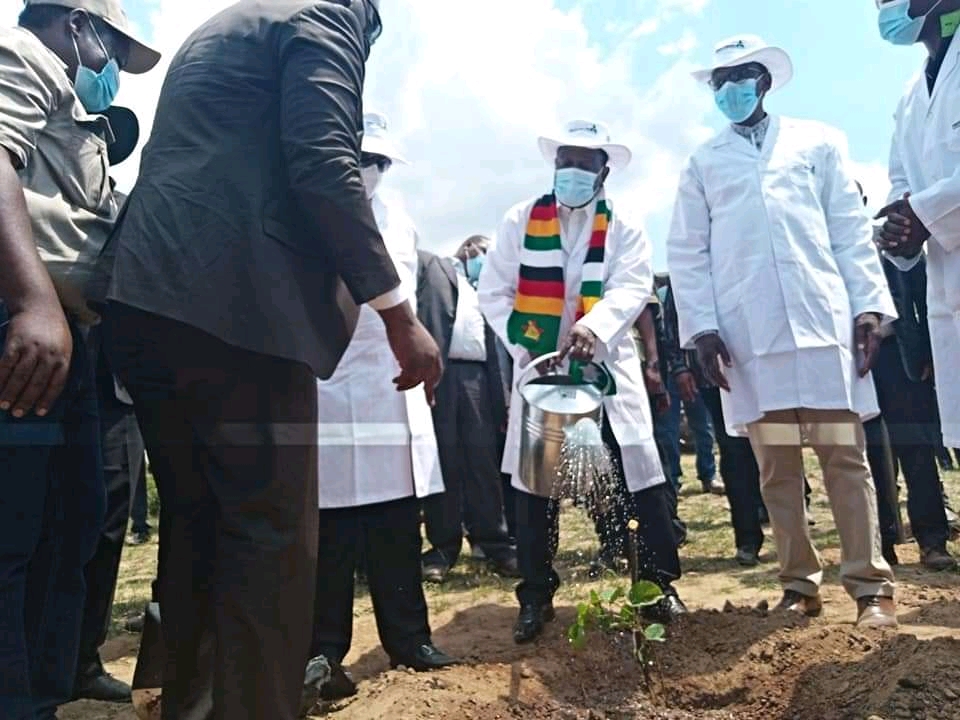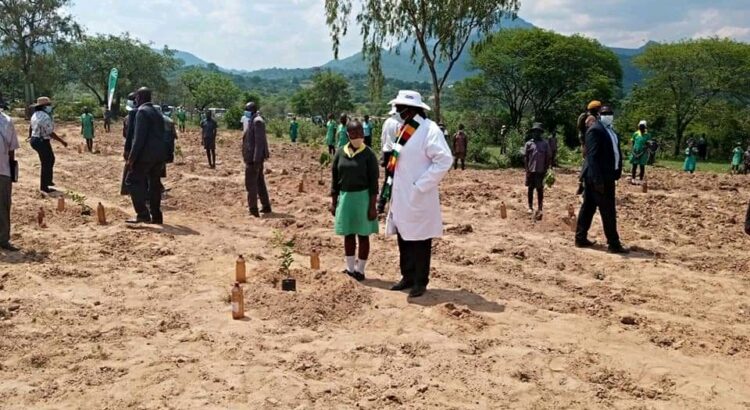By: Salani Justin
Trees are crucial carbon sinks. They are an important component of the biosphere. Trees are vital in climate amelioration, and they provide a wide range of non-forest timber products. They are a source of livelihood.
The National Tree Planting Day which was commemorated on Saturday the 4th of December under the theme Trees and Forests for Ecosystem Restoration and Improved Livelihoods, marked the beginning of the tree planting season.

Tree planting is one of the best strategies that can be adopted to ensure successful ecological restoration. The climate crisis currently affecting the globe requires concerted efforts in climate change mitigation and adaptation. While reduction in carbon emissions has often been the centre of advocacy to address the current climate emergency, the restoration of degraded ecosystems through revegetation is equally important.
According to the United Nations Convention on Biodiversity, reforestation is an important part of the fight against climate change, but experts show that it is “no silver bullet”. To properly address the twin crisis of climate change and biodiversity loss, we must plant the right trees in the right places and restore non-forest ecosystems.
The “right tree” to plant can be a native species because such species are well locally adapted and can ensure the best restoration success. However, most indigenous species in Africa take a very long time to mature, for instance, the estimated age of a Mopane tree with a bole diameter of 10cm is 42 years.
In Zimbabwe, deforestation results in the loss of approximately 262 349 hectares of forest land annually. The dominant causes of such loss include the increasing demand for charcoal, extension of cultivation in communal areas and human induced wildfires. The rate of destruction of forests may outmatch the rate of revegetation if very few people commit to planting trees.
Meanwhile, Masvingo Primary School in Mberengwa hosted this years’ National Tree Planting Day where commemorations of the day were held, marking the beginning of the tree planting season. The tree of the year planted on the occasion is an indigenous species, Musekesa/ihabahaba common in Zimbabwe’s wooded grasslands.
The tree is also used for medicinal purposes, for shade and is an important plant for soil protection. The Forestry Commission encourages people to plant their trees during the rainy season as this reduces the need for constant watering of the seedlings. Let’s plant a lot of trees this season. A tree today, a forest tomorrow.
[ssba-buttons]